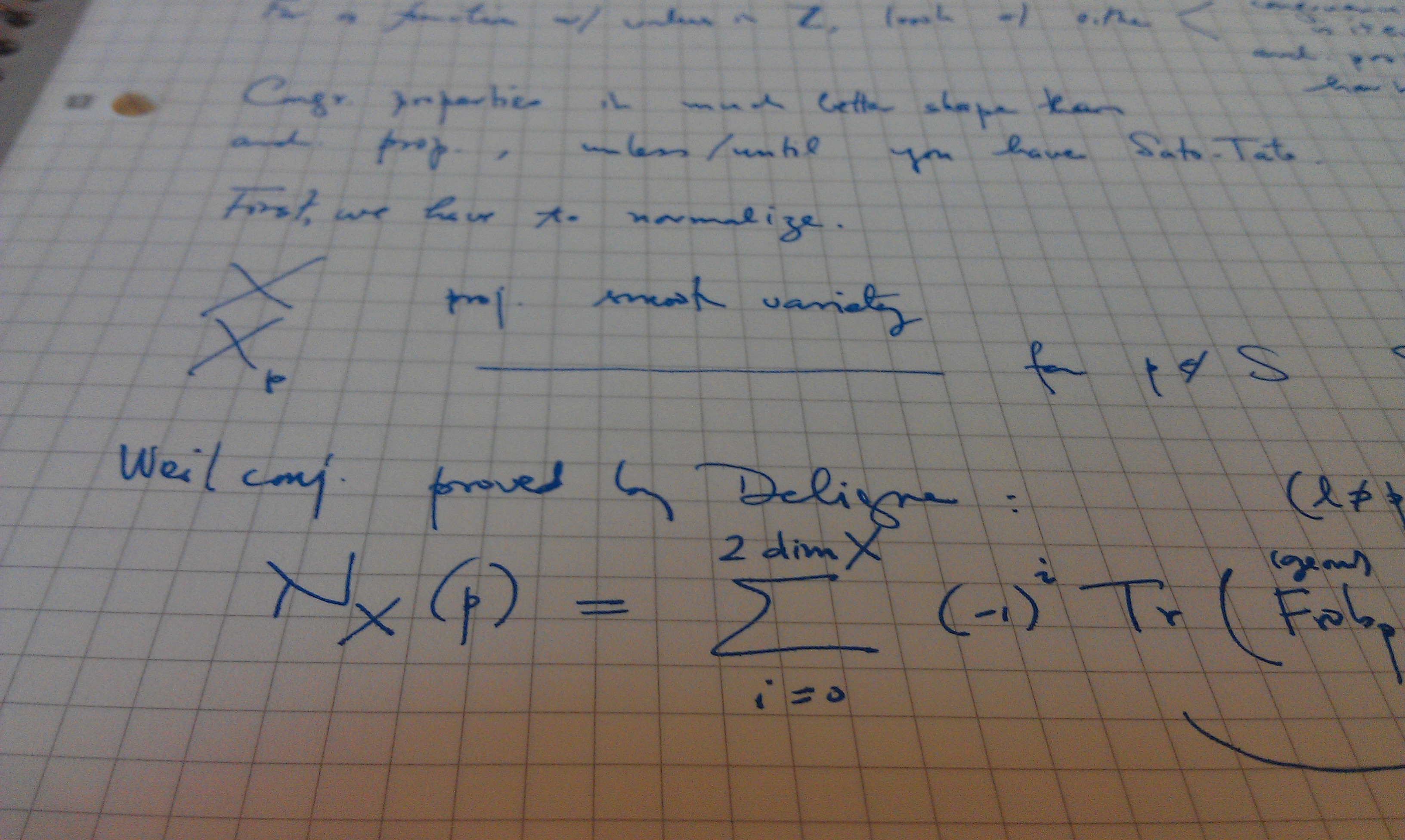Publication Date
2015
Journal or Book Title
Communications in Nonlinear Science and Numerical Simulation
Abstract
In this paper, we study the ϕ4 kink scattering from a spatially localized PT-symmetric defect and the effect of the kink’s internal mode (IM) is discussed. It is demonstrated that if a kink hits the defect from the gain side, a noticeable IM is excited, while for the kink coming from the opposite direction the mode excitation is much weaker. This asymmetry is a principal finding of the present work. Similar to the case of the sine-Gordon kink studied earlier, it is found that the ϕ4 kink approaching the defect from the gain side always passes through the defect, while in the opposite case it must have sufficiently large initial velocity, otherwise it is trapped by the loss region. It is found that for the kink with IM the critical velocity is smaller, meaning that the kink bearing IM can pass more easily through the loss region. This feature, namely the “increased transparency” of the defect as regards the motion of the kink in the presence of IM is the second key finding of the present work. A two degree of freedom collective variable model offered recently by one of the co-authors is shown to be capable of reproducing both principal findings of the present work. A simpler, analytically tractable single degree of freedom collective variable method is used to calculate analytically the kink phase shift and the kink critical velocity sufficient to pass through the defect. Comparison with the numerical results suggests that the collective variable method is able to predict these parameters with a high accuracy.
Pages
267–282
Volume
29
Issue
1-3
Recommended Citation
Saadatmand, Danial; Dmitriev, Sergey V.; Borisov, D. I.; Kevrekidis, Panayotis G.; Fatykhov, Minnekhan A.; and Javidan, Kurosh, "Kink Scattering From a Parity-Time-Symmetric Defect in the ϕ 4 Model" (2015). Communications in Nonlinear Science and Numerical Simulation. 1253.
Retrieved from https://scholarworks.umass.edu/math_faculty_pubs/1253

Comments
Arxiv preprint uploaded. doi:10.1016/j.cnsns.2015.05.012